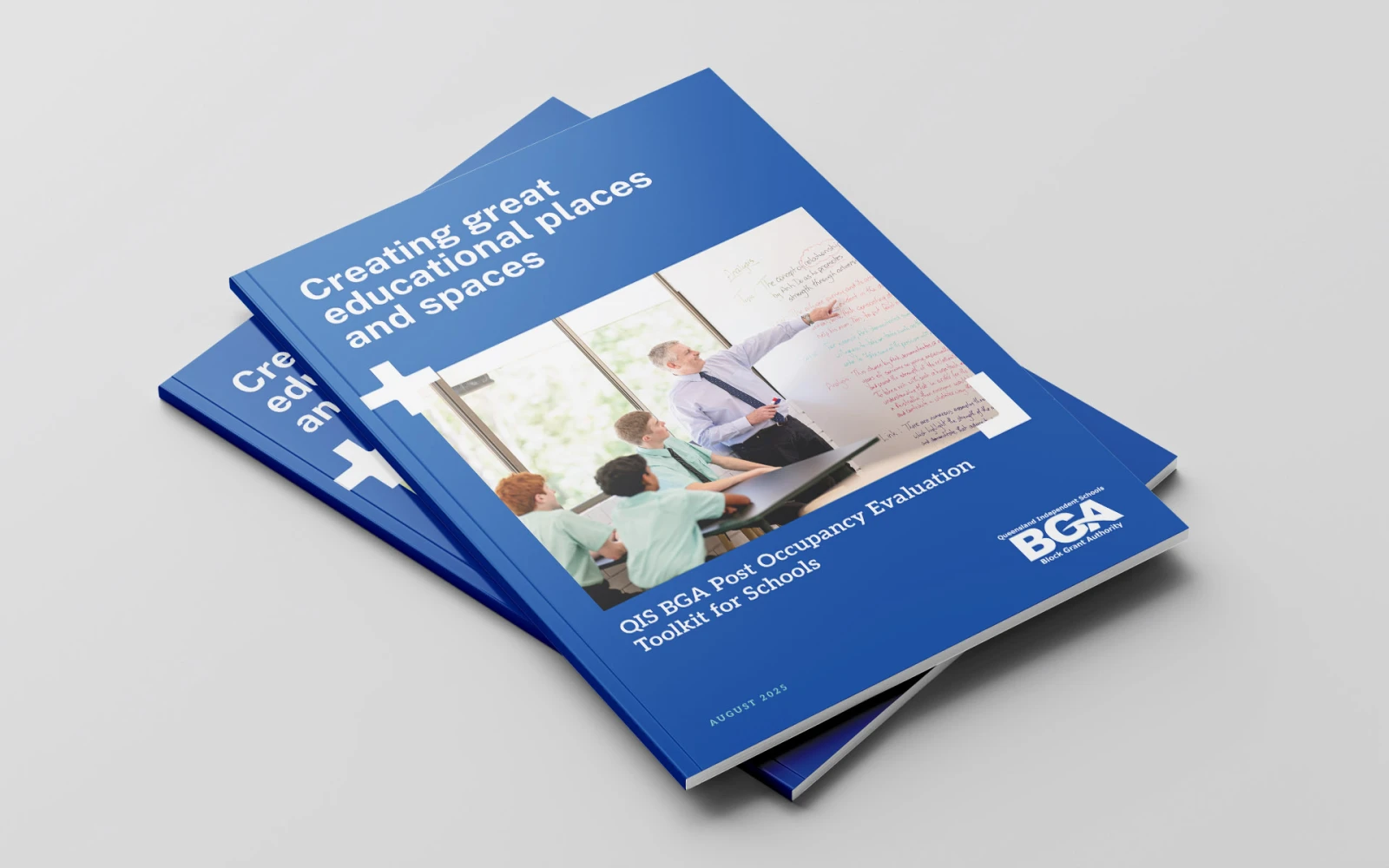Creating great educational places and spaces
A Post Occupancy Evaluation Toolkit for Schools
This toolkit provides schools with an easy-to-use self-guided evaluation process for collecting data, evaluating performance, and reporting on the effectiveness of their built assets to meet their strategic intent, as projects are funded and delivered. The toolkit has been developed to encourage and facilitate the active participation of schools in the POE process.

The value of a Post Occupancy Evaluation
Ensuring a school's buildings and facilities achieve their intended educational role requires more than careful planning, good design and quality construction. It requires ongoing assessment to understand how well facilities are supporting teaching and learning objectives and the well-being of students and staff in everyday use.
By adopting a Post Occupancy Evaluation (POE) process schools can evaluate and continuously refine their environments to ensure facilities are not only well-constructed but also responsive to evolving educational and community needs.
POE can also help identify where investments generate tangible value and help illustrate how spending on school buildings and infrastructure directly supports educational success.
-
School leadership teams can use POE to:
- Evaluate educational impact
- Understand user experience & satisfaction
- Assess building performance
- Identify areas for improvement
- Support evidence-based decision-making
A Post Occupancy Evaluation Toolkit for Schools
The Post Occupancy Evaluation Toolkit provides schools with an easy-to-use self-guided evaluation process for collecting data, evaluating performance, and reporting on the effectiveness of their built assets to meet their strategic and educational intent, as projects are funded and delivered. The toolkit has been developed to encourage and facilitate the active participation of schools in the POE process.
Resource 2 - The Evaluating Educational Contribution part of the toolkit is available for download now. It offers schools a step-by-step process to support their collaborative participation in the evaluation of how effectively a building or facility supports its intended educational purpose and contribution to student learning.
Resources 1 and 3 will be available from March 2026.
If you have any question about the toolkit please get in touch
